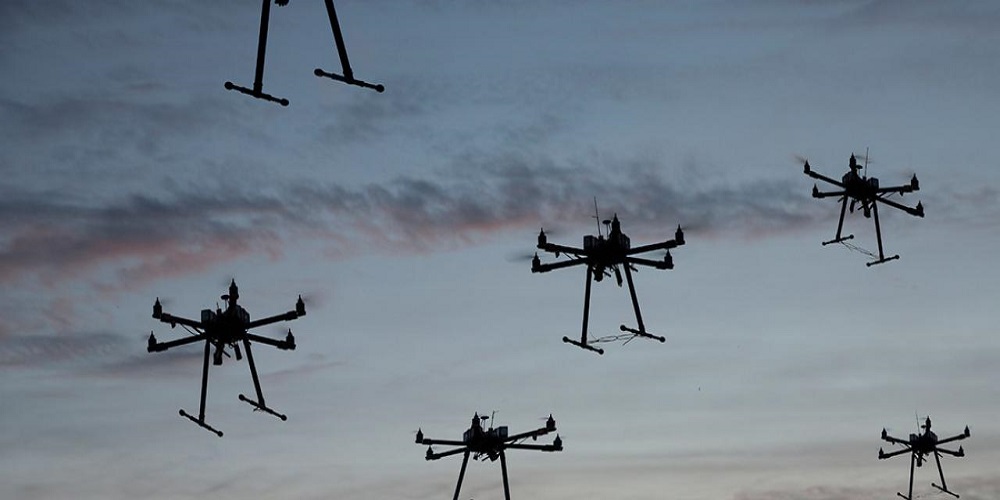
“We are in the early days of an aviation revolution that will change the way we do business, keep people safe, and gather information about our world… this is just the first step, but this is the kind of innovative thinking that helps make change work for us—not only to grow the economy but to improve the lives of the American people.”
— President Barack Obama, interview with Bloomberg News
Describing the many benefits and innovations that come with drone technology, the Obama administration finally offers a clearer perspective for commercial drone use through new rules and regulations set by the Federal Aviation Administration (FAA).
The world is currently trying to keep up with the blooming drone industry as many governments have yet to write up rules on how to manage the increasing number of unmanned aircraft competing for the skies against conventional ones. Also because there are plenty of economic, entertainment and military potential for the usage of drones which governments need to take advantage as soon as possible. Drones have been around for some time, and it has taken the government years to create these basic set of rules. Unmanned flights of small vehicles are after all just as revolutionary as the invention of conventional airplane flights.
The new rules set by the FAA come as good news to drone manufacturers such as China’s DJI and US PrecisionHawk, which for them means more drone shipments.
“After years of work, DJI and other advocates for reasonable regulation are pleased that the FAA now has a basic set of rules for integrating commercial drone operations into the national airspace…”
— Brendan Schullman, VP of Policy and Legal Affairs, DJI
Before drone rules were limited to restrictions such as not being allowed near airports (which is still in effect), drones are not to be flown over private property (for privacy issues) as well as speed and weight limits.
The rules now include:
- That would-be drone owners would no longer require pilots’ licenses. They will be required to fill out a form and pass a written test that they are capable of properly flying drones which will be handled by the Transportation Security Administration (TSA).
- Another rule is that the drones must remain within eyesight of an assistant. The assistant can be, but does not necessarily have to be a wingman but rather a visual aid such as a video feed which would allow the user to guide the drone. The unit will still need to be within the eyesight of the users.
- Drones should be flown at lo-level and should not be flown over people.
- Drones included in the regulation should weigh less than 25 kilograms (55 pounds).
- Drones must be flown below 100 miles per hour (161 kilometers).
- Drones are to be flown below 400 feet and more than five miles away from the closest airport.
- Night flights and other uses such as beyond-horizon flight require the fill-up and submission of waivers which would provide some form of flexibility over the new rules.
Companies like Amazon and Google which are experimenting with drone deliveries still can’t rejoice as such drone uses are still under study as the visual line of sight rule prohibits such applications. Drone deliveries involve flights over population centers and thus involve safety concerns. But drone use advocates expect these studies to bear results very soon as the economic potential of drones can no longer be ignored such as:
- Agricultural flyovers
- Infrastructure inspection of bridges, pipelines and buildings
- Aerial photography and news coverage over crowds of people
- And of course, product deliveries
“…We’ll accelerate the process of understanding what the risks are that will allow us to move on to more complex operations…”
— Brian Wynne, AUVSI President
But the new FAA rules come as a symbolic victory for drone use advocates as it is one step closer to achieving technological progress and puts the US ahead of the EU. Ever since the use of unmanned military drones, UAVs have been envisioned for civilian purposes much like other military and space-age sciences.

